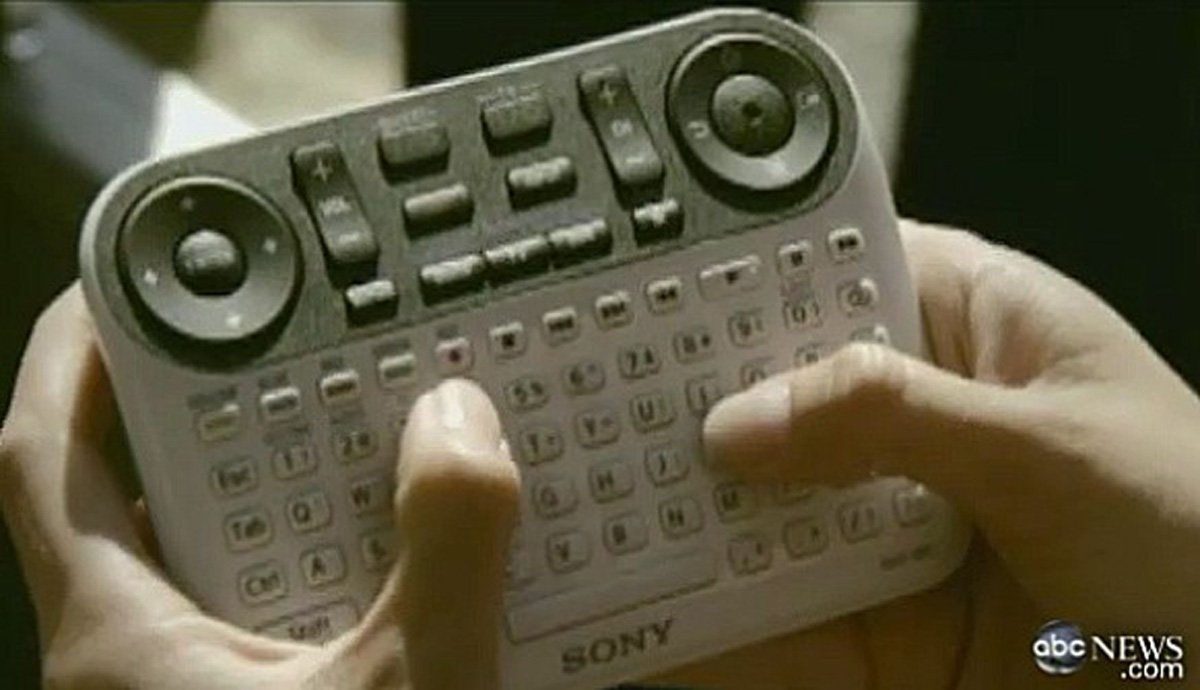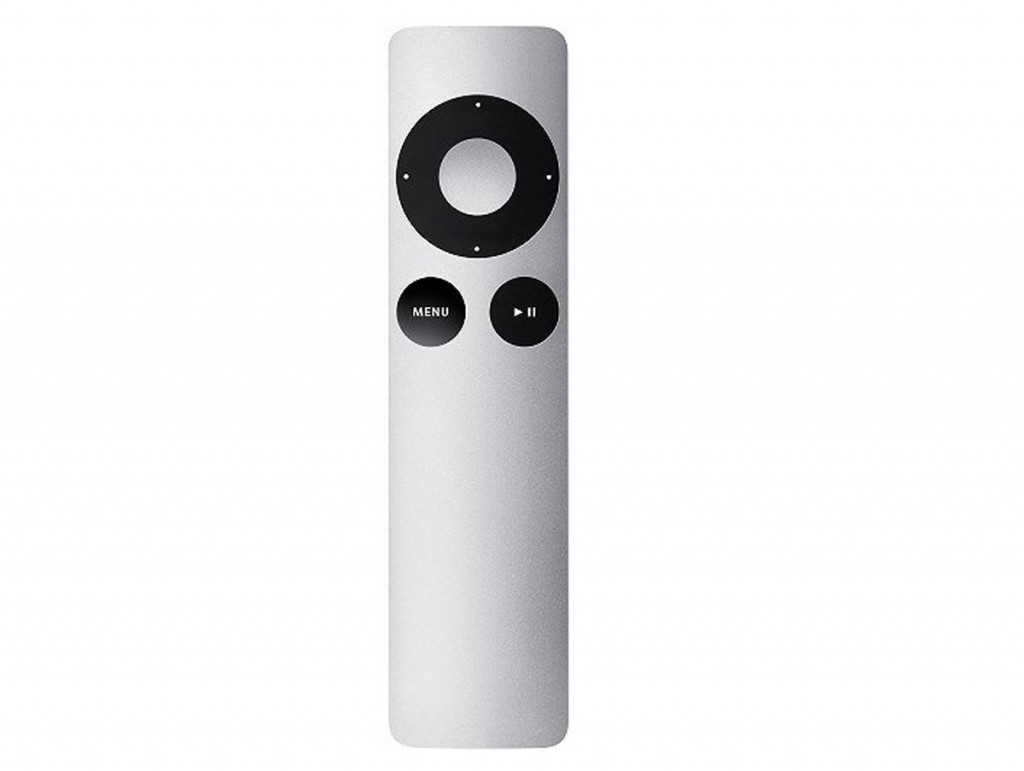Usually a question in a headline means the article will conclude ‘nope’ but this time, it’s more ‘perhaps’. When I do The Blank Screen as a full-day workshop, I include a section on To Do apps that begins with why you should use OmniFocus but pretty quickly goes on to why you shouldn’t and what you can use instead.
The reasons you shouldn’t use OmniFocus boil down to two: it doesn’t work on PCs or Android so if you do, there’s no point. And as reluctant as I am to say this since it has been such a big part of my life for a couple of years now, OmniFocus is not for everyone. It’s powerful and it’s complex and it costs a lot more than free.
Personally, it’s worth it. But if you’re just looking into this whole business of To Do apps, it’s hard to slap down a lot of cash straight away. Still, any To Do app is better than none and all of them are better than working on Post-It Notes that you keep losing.
So I recommend Wunderlist. Full disclosure: I’ve barely used it myself as I came across it after I’d swapped to OmniFocus. But I like what I see very much and, more importantly, it’s been recommended to me by attendees of The Blank Screen workshop too.
Now version 3 is out and the makers say:
Ten months ago – after launching Wunderlist 2, introducing Wunderlist Pro and Wunderlist for Business – we set out on a journey that we knew would take some time. Seeing millions of you organize your daily life with Wunderlist, share your grocery lists, track your favorite movies and run your business, we made a plan to rebuild Wunderlist from scratch, with the goal to make it better, faster and most importantly, ready for the future.
Although you couldn’t see the complex technology behind Wunderlist 2’s simple interface, you certainly felt the bumps in the road. Your lists didn’t always sync smoothly from your phone to your computer, you were missing a more modern interface or you wanted Wunderlist to be integrated with your calendar and others apps you were using.
Today, with Wunderlist 3 we are introducing the product we’ve always envisioned. One that sets the foundation for all the great new features and regular improvements that are going to come until the end of the year and beyond. It’s the fastest, simplest and most powerful Wunderlist you’ve ever used.
Wunderlist 3 is here – Wunderlist official site
Take a look at the makers’ video:
And now go download Wunderlist for iOS, Android, Mac, PC and more on the official site.

